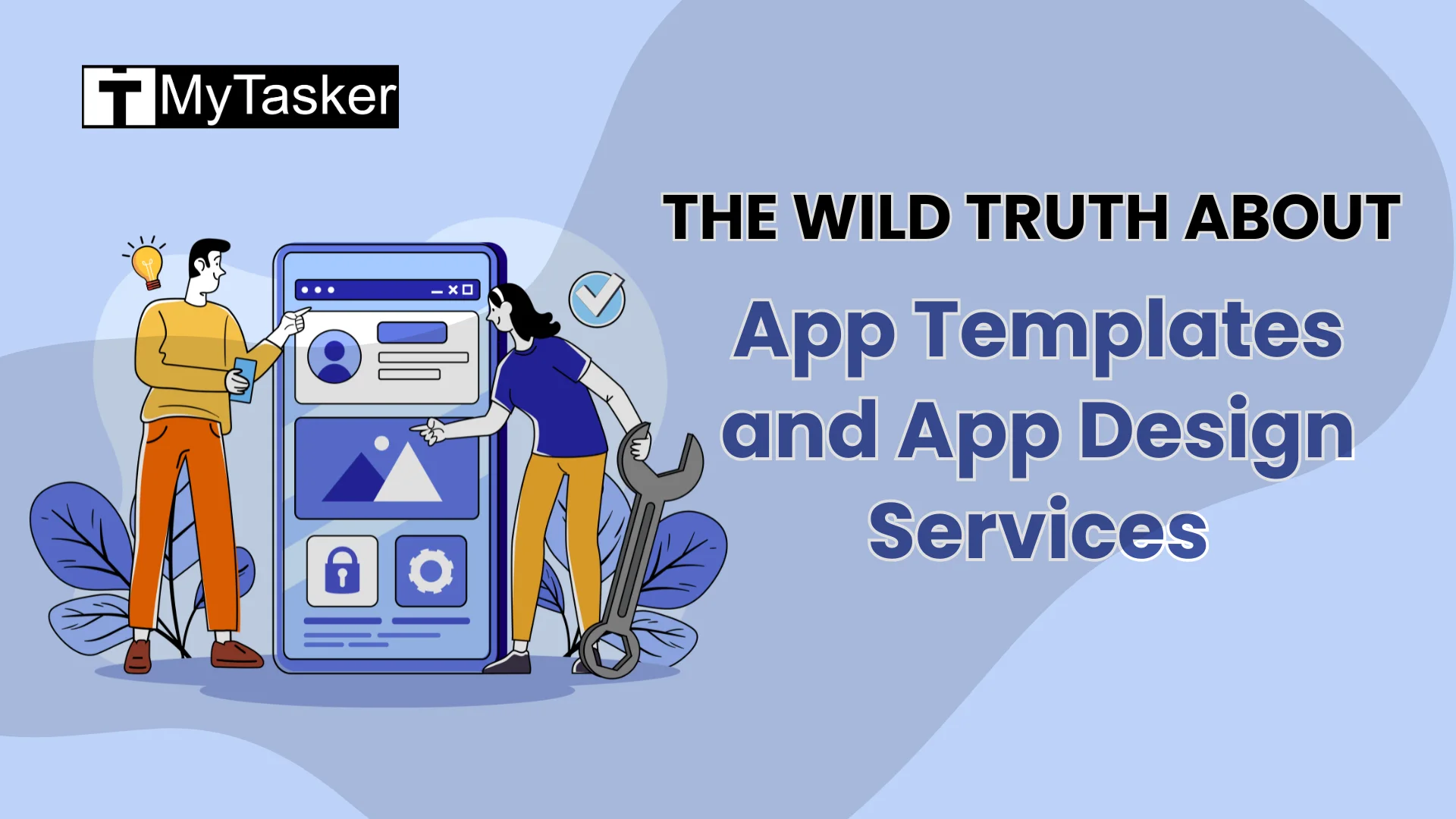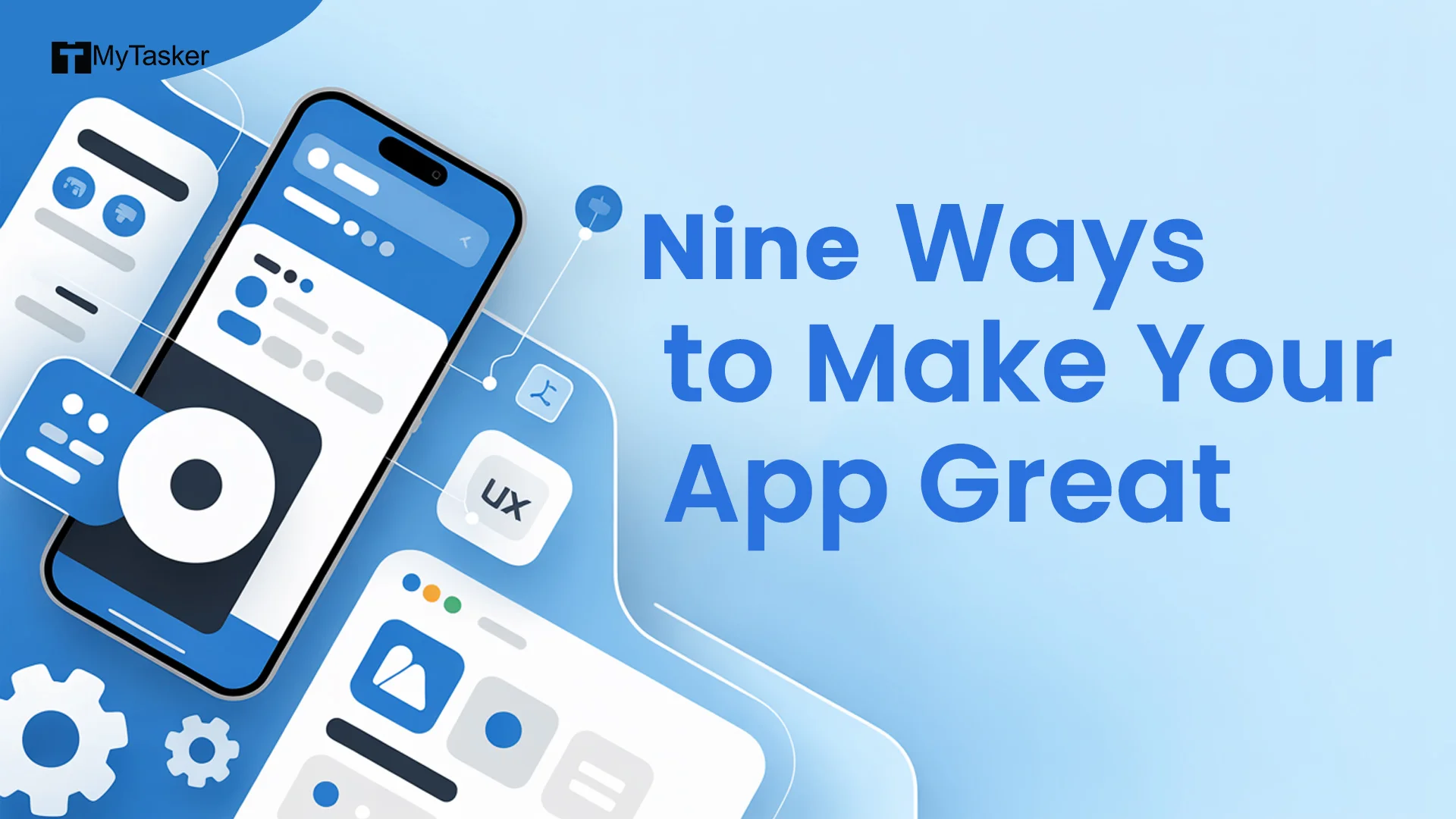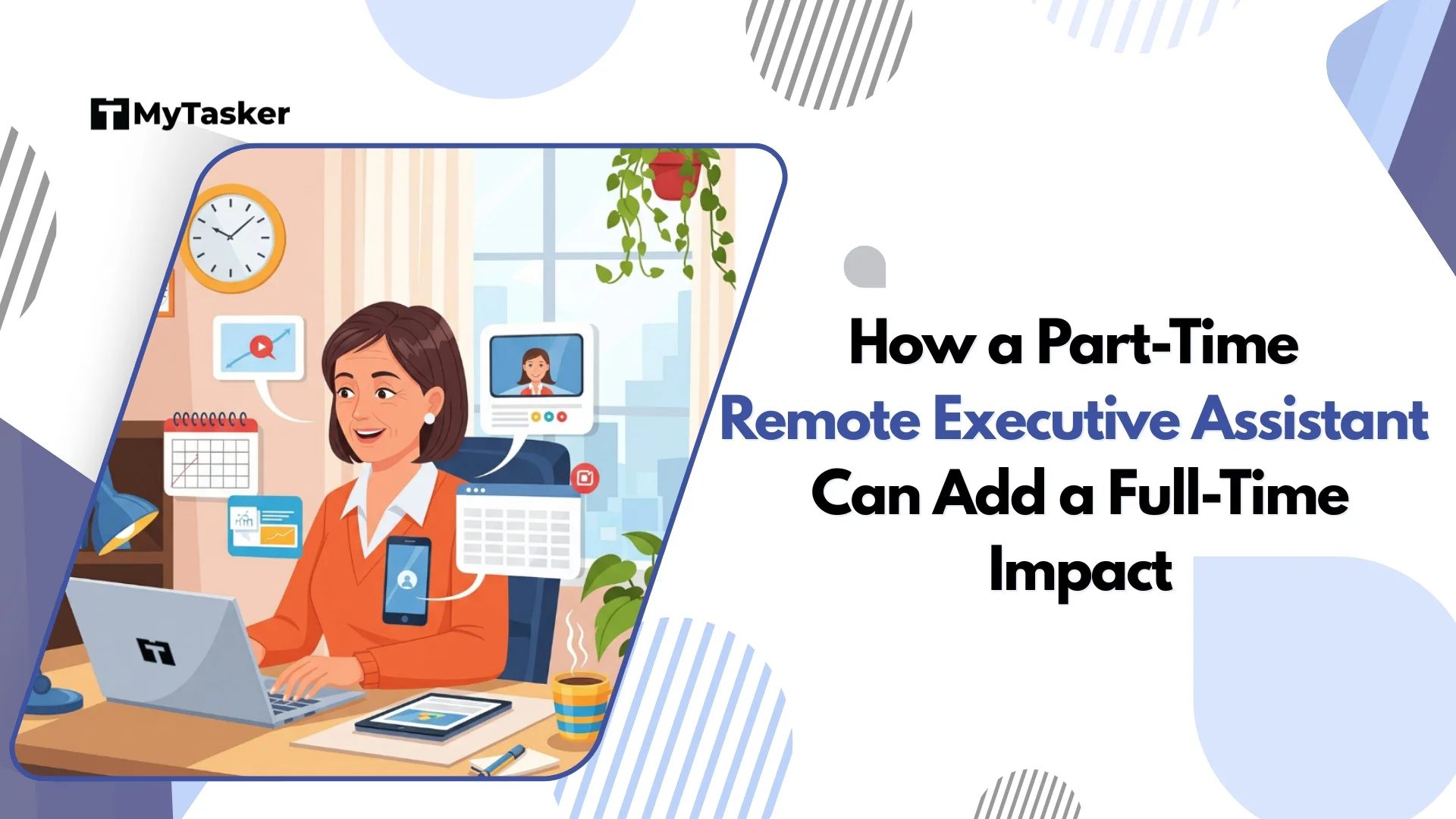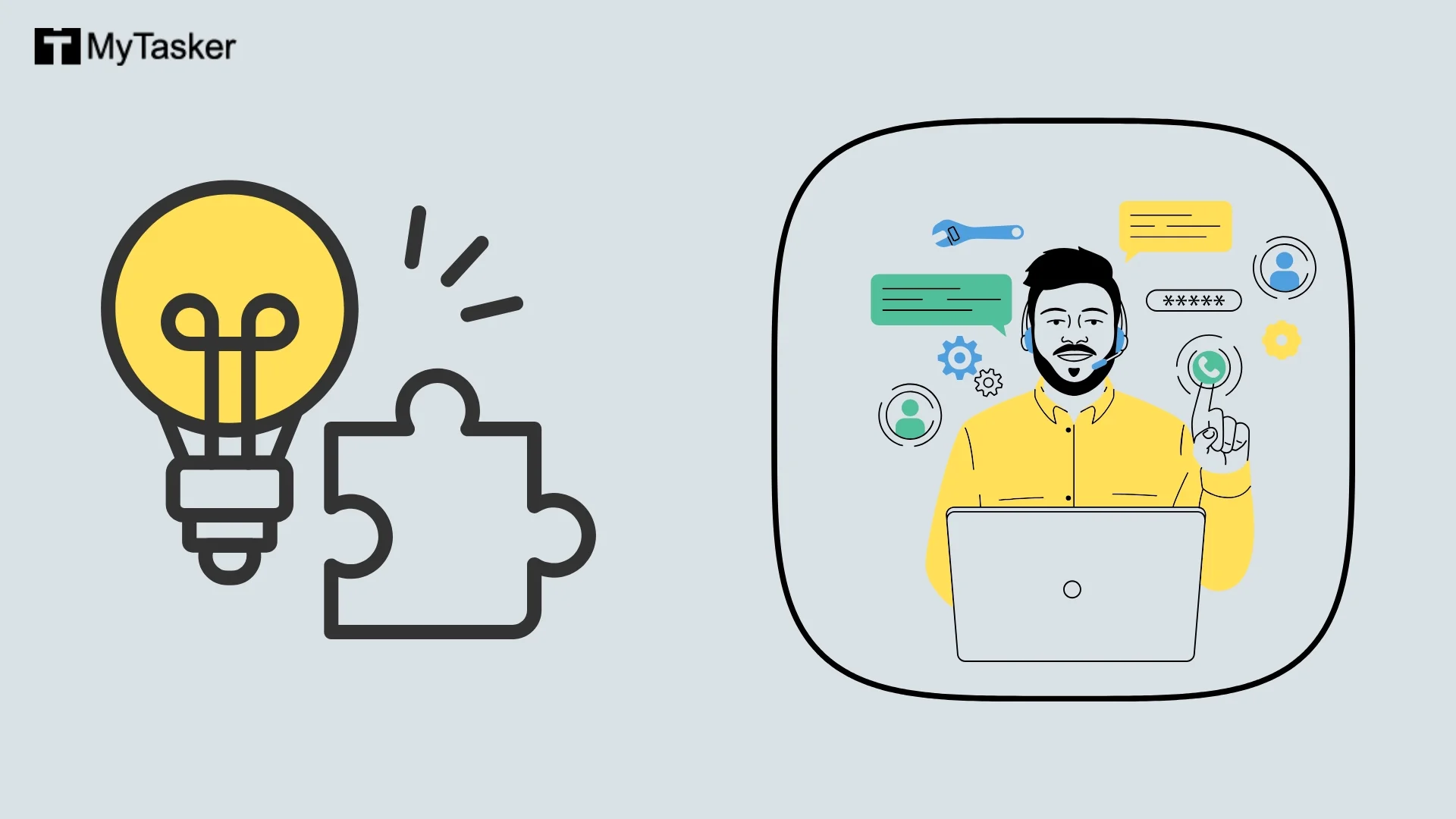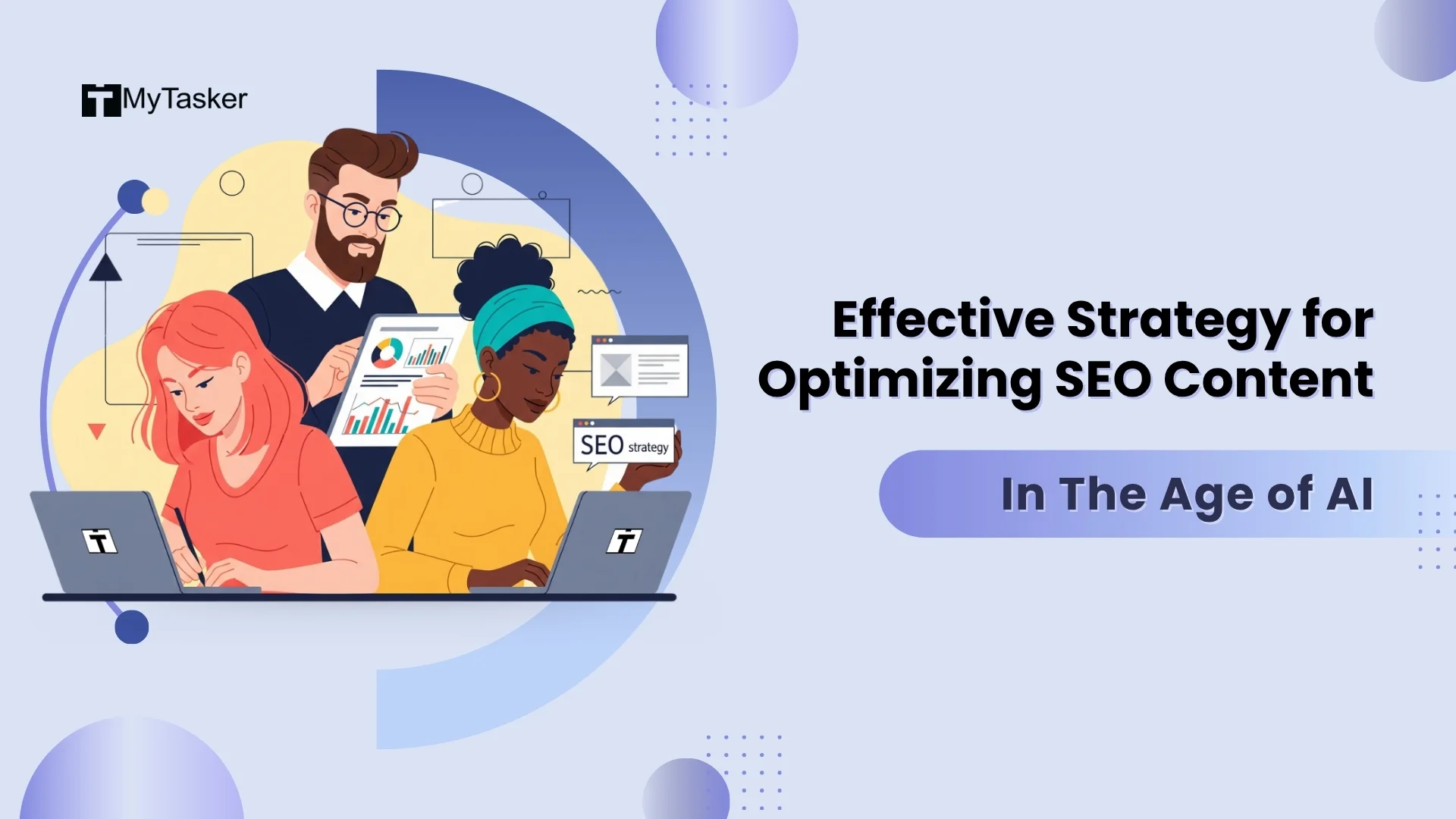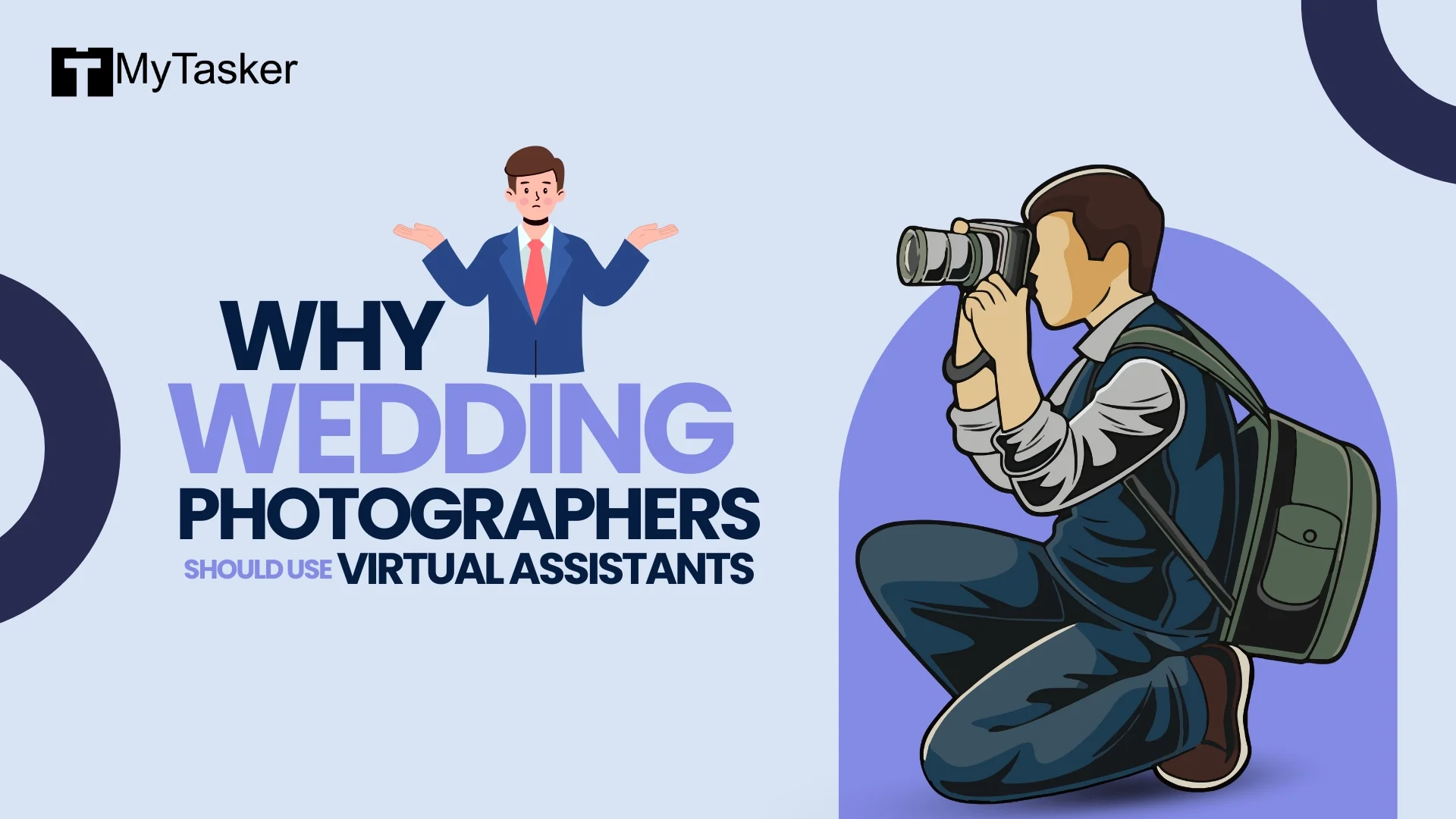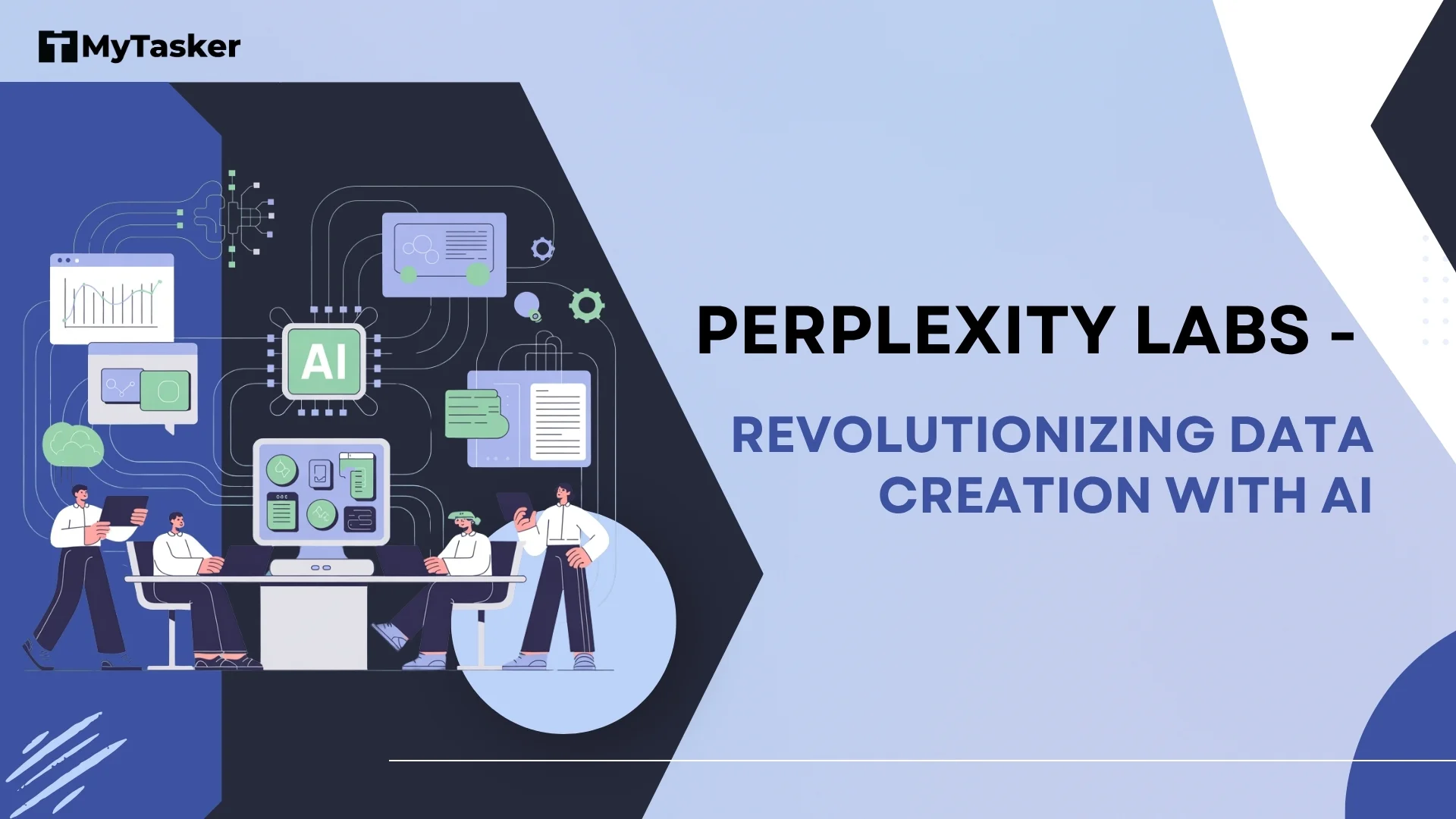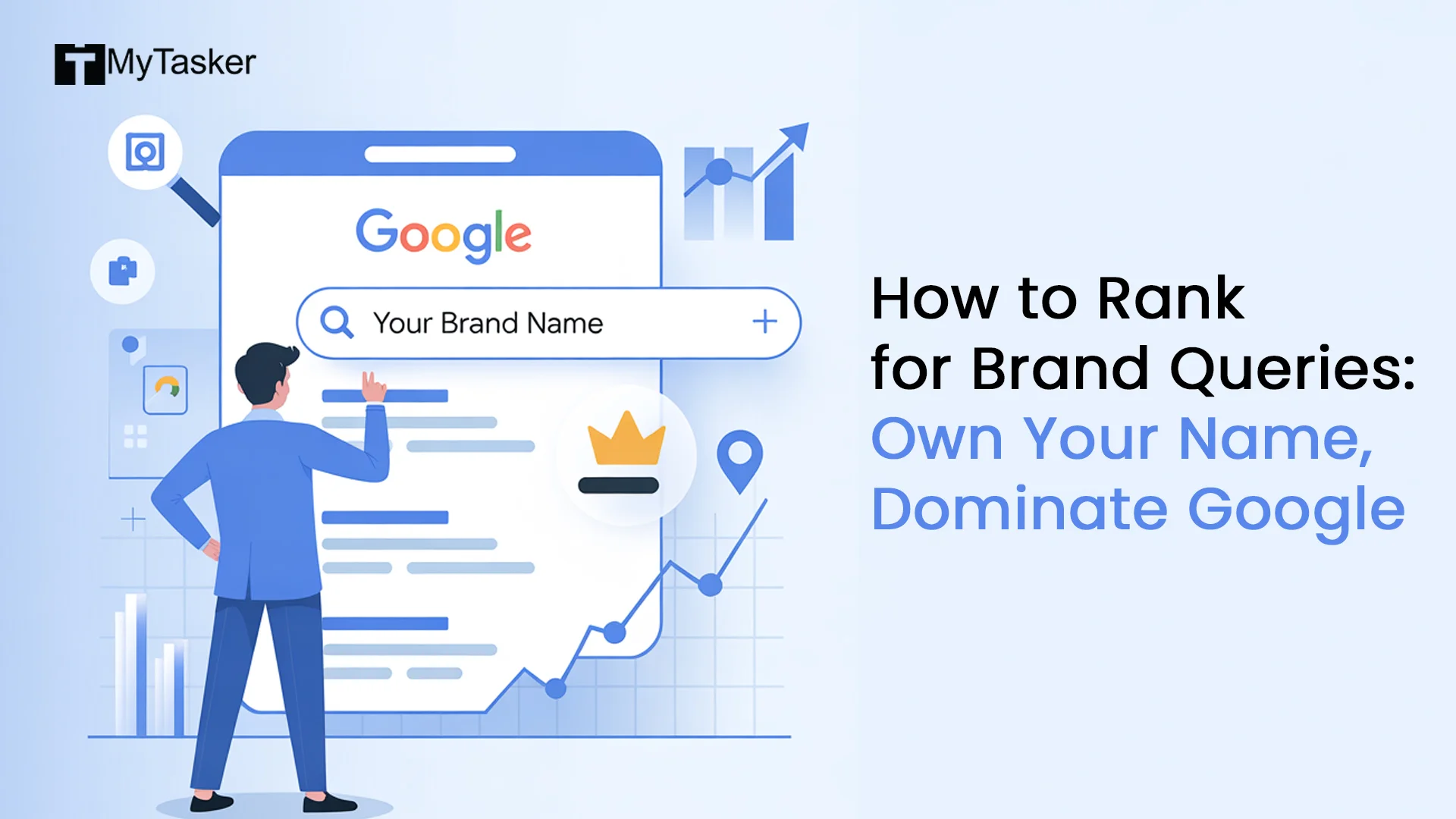The development of Artificial Intelligence has altered a number of approaches that exist in this world. The video editing industry is no exception and thus, the field is experiencing an array of benefits through AI-powered video editing software.
AI technology is increasingly becoming engaging in the video editing industry. Skilled editors are developing new, innovative and mesmerizing craftworks to impress the audience. AI is constantly evolving and rectifying its own mistakes. The new age of AI-powered video editing is becoming more precise.
Considering the digital landscape, you might be aware of the importance when it comes to business-oriented videos. Videos are incredible tools for building brand reputation, increasing audience, and driving conversions. You have to invest a lot of time and money to create superior-quality videos. Moreover, the discrepancies bloat if you don’t have an in-house team. This is where artificial intelligence steps in. The idea is to minimize the hassles, boost workflow, and come up with more innovative video editing results.
A Quick Glance of Benefits of AI In Video Editing
- Through AI, editors can have the best angles for shots and edit accordingly. They can use the most-suitable filters and transitions for the videos.
- AI helps novices to minimize time consumption and edit manually when it comes to organizing and cleaning up their footage.
- AI makes video editing fun, quick and efficient.
- AI video editing software offers a range of customization options. These can be automated for enhancing the visual experience. This also includes facial recognition to create customized edits.
- Implementing AI in video editing is cost-effective.
- AI videos are the most relevant that support the existing content. It helps to find suitable images and video clips for editing.
- Video processing and rendering can be accelerated by AI as it can manipulate clips to make the entire work look interesting.
Improved Video Quality
AI can ease the process of color correction. Furthermore, it helps with implementing additional graphic elements, background effects, image stabilization and other enhancements as per the requirements. AI video editing software can automatically emphasize the important objects of a video to improve the overall content. The AI platforms for video editing are publicly available on the Internet. However, for additional features, you need to purchase them.
Visual Analysis – An Enhanced Creativity in Video Editing
AI greatly helps in motion features, object recognition, and audio analysis. It can be incredibly used in storytelling. This means Artificial Intelligence can identify the main character of the video, create content accordingly and delete irrelevant or inappropriate clips. Implementing audio content in the video also becomes simpler. This way businesses can uniquely tell their story and reach the target audience. Hiring a virtual assistant with expertise in AI-driven video editing can also help businesses communicate their message in a creative manner.
Image & Video Upscaling
One of the key benefits of AI in video editing is image upscaling. It has been significantly popular in recent days. Following this, video upscaling has been introduced and some video editing tools are also keeping this feature in the basic attributes. Upscaling helps in improving the quality of a video. Here, the resolution of a video is enhanced to meet the desired results.
If you want to turn a normal video into 4K, video upscaling can be the best method. There are different types of AI-powered video remastering applications that provide an array of filters that are required for upscaling. The ultimate result provided will never let you comprehend that the footage was once a lower-resolution video. Previously, upscaling used to be a difficult task, however, with modern algorithms from AI, it has become a lot easier. Today, we can transform any video the way we like achieving the desired quality.
Facial Recognition Paired with Video Editing Automation
Facial recognition is a part of video editing automation. It is a technology that is used for identifying any individual from the footage and tracking the movement throughout. The tracking stays intact even if the individual change position, and/or move in & out of the frame. All you need is, to let the machine understand your target or the way you want to proceed.
These features are specifically required when editing videos of interviews and similar clips. For instance, AI can analyze the video clip and identify each candidate when they are speaking. It can automatically switch to the angle from where you can have the clearest view of that candidate. This allows the creator to create a more refined and professional-looking video product, without the need for extensive manual edits.
Color Correction
Color grading is an important aspect of video editing. Access to AI technology makes the process easy and accurate. There are different AI-powered tools that help with color grading options. They can automatically adjust the exposure and color levels based on the footage. Video editing automation typically reaches the next level as editors can quickly identify the issues like skin tones, white balance and saturation level. A lot of time and effort is saved.
Manually fixing or keeping the color and tone consistent can be challenging. If you are working on a video that has multiple shots during different times of the day, color grading is a pivotal factor. It soothes the viewer’s eye. The best part is, AI-powered color grading options keep your previous settings in mind. Based on those basic decisions, it works accordingly when editing a new video.
AI-Driven Video Editing Tools for Audio Setup
Audio editing tools are also required for video editing. If these tools are AI-powered, they can automatically extract away unwanted noise and background music. Thereby clarifying the actual voice. This helps a lot when minimizing post-production efforts. These tools use complex AI algorithms in video editing for analyzing the audio signal and pinpoint the unwanted noise.
The tools work with modern filters and equalizers for amplifying the voice and reducing unwanted distortion. Finally, the actual or desired voice/sound becomes understandable and easy to hear. These are important if you are working on video voiceovers, podcasts and other forms where audio has special significance.
Speech-to-Text Transcription
AI-generated transcription tools are required for converting spoken words into texts and then inputting them into the videos. These tools obey Machine Language and Natural Language Processing parameters. Therefore, they can easily transcribe speeches no matter what their speaking style or accent is. Also, converting words into texts allows an easy finding of specific content with the video. For example, the user can search for a word, keyword, or phrase in a video through its transcript.
Scene & Object Recognition
When Artificial Intelligence gets involved in your video editing projects, it can empower you with scene and object recognition technology. That means identifying specific scenes and objects as prompted. This is specifically required when editing sports or action footage. You will be able to highlight key moments from the video and also create reels correspondingly.
AI algorithms in video editing can identify specific moves of a player or moments of a game and create a highlighting clip to showcase the same. The technology is also useful for creating movies, for instance – a car chase scene. The algorithms can be used to identify braking, accelerating and/or colliding to create a more engaging and exciting sequence.
Video Stabilization
The algorithms for video stabilization work by studying each frame of a video. This involves tracking and detecting each movement of the camera. The algorithms utilize complex mathematical calculations for determining the movement patterns. This way, you can easily identify the areas that require editing. Don’t worry, the corrective measures will be automatically applied after proper tracking and detection.
This automated feature includes warping, scaling and cropping to compensate for the movements in a video. AI-powered video stabilization offers you to handle a variety of movement types. Whether it’s linear movement, rotational or complex multi-directional movement, the algorithms are designed to detect every move and rectify the patterns with top-class precision.
The Working Process of AI-Driven Video Editing Tools
You probably may find a number of video editing applications that are driven by AI. Most importantly, do you know how to apply these? AI-driven video editing tools are designed to learn from previous examples. This way they train themselves to determine the bad and good. The machine is created to collect feedback from the users. Accordingly, they note the feedback and provide similar results. When the system completes its training, it automatically grasps the approach and keeps enhancing the results based on the feedback.
The tools offer a range of features like color filters, face filters, face touch up, AR masks, and more. This means the user does not have to do these separately as AI already knows the requirement and works accordingly. This way the working process of AI becomes more refined day by day.
Can AI Replace Human Being For Video Editing?
Well, the answer is strictly no! It is not possible to automate everything without the emotional touch, especially when it comes to creativity. Being creative is the only objective of video editing and thus, the factor of emotional touch cannot be outweighed. So, the point is, even if we provide lessons and educate AI to perform as humans do, some phrases are bound to come where it needs human commands.
For instance, a washing machine cannot perform its task if we don’t press the required button. The idea is to ease the process, extract the hassles out of our way and perform the tedious tasks all at once. Similarly, Alexa will sit idle if we don’t prompt it to do something. Therefore, AI-driven video editing tools are required for creating unique ideas. Turning your content into a nonpareil movie that sets it apart. A human editor will be required to perform the tasks. Be noted, AI has been created without thoughts or feelings. This is where the human touch comes in.
Streamlining Video Editing With AI
The technology of AI is certainly evolving, and it has significant benefits when streamlining video editing with AI. It has already changed the way videos were edited. Even now its full potential is largely untapped. It works well with you need automation or want to perform repetitive tasks. Also, we cannot underestimate the point of improved accuracy. AI can analyze the video clip and provide suggestions to make the final result more prominent.
AI has the power to increase the efficiency of video editing. Therefore, apart from the maximized productivity, quality is raised too. AI can generate ideas and implement effects that are applicable to a specific clip.
Enhanced Creativity in Video Editing
With the automation technology from Artificial Intelligence, video curation is not the only task that can be accomplished. Automation and AI can be implemented in any type of editing. The primary reason behind this is the interpretation of films. AI has been designed to provide object elimination, color calibration, picture stabilization, visual effects and more. Most of the AI technologies used to portray enhanced creativity in video editing are based on sophisticated algorithms.
There are multiple platforms that are looking to initiate more intelligent-driven editing capabilities. The complete AI future is not too far away, and it’s predicted that more and more smart editing tools will be launched. Video editing is much easier when you follow these tips attentively. On the contrary, experts will continue to reduce time and effort while significantly enhancing their performance.
Conclusion
Streamlining video editing with AI has benefitted us by eliminating the requirement for high-priced computer hardware. Also, video editors no longer need to work with multiple software to meet the desired output.
If you want to tap the unexplored world of AI-driven video editing, please feel free to get in touch with our video editing virtual assistants at MyTasker.



.jpg)
